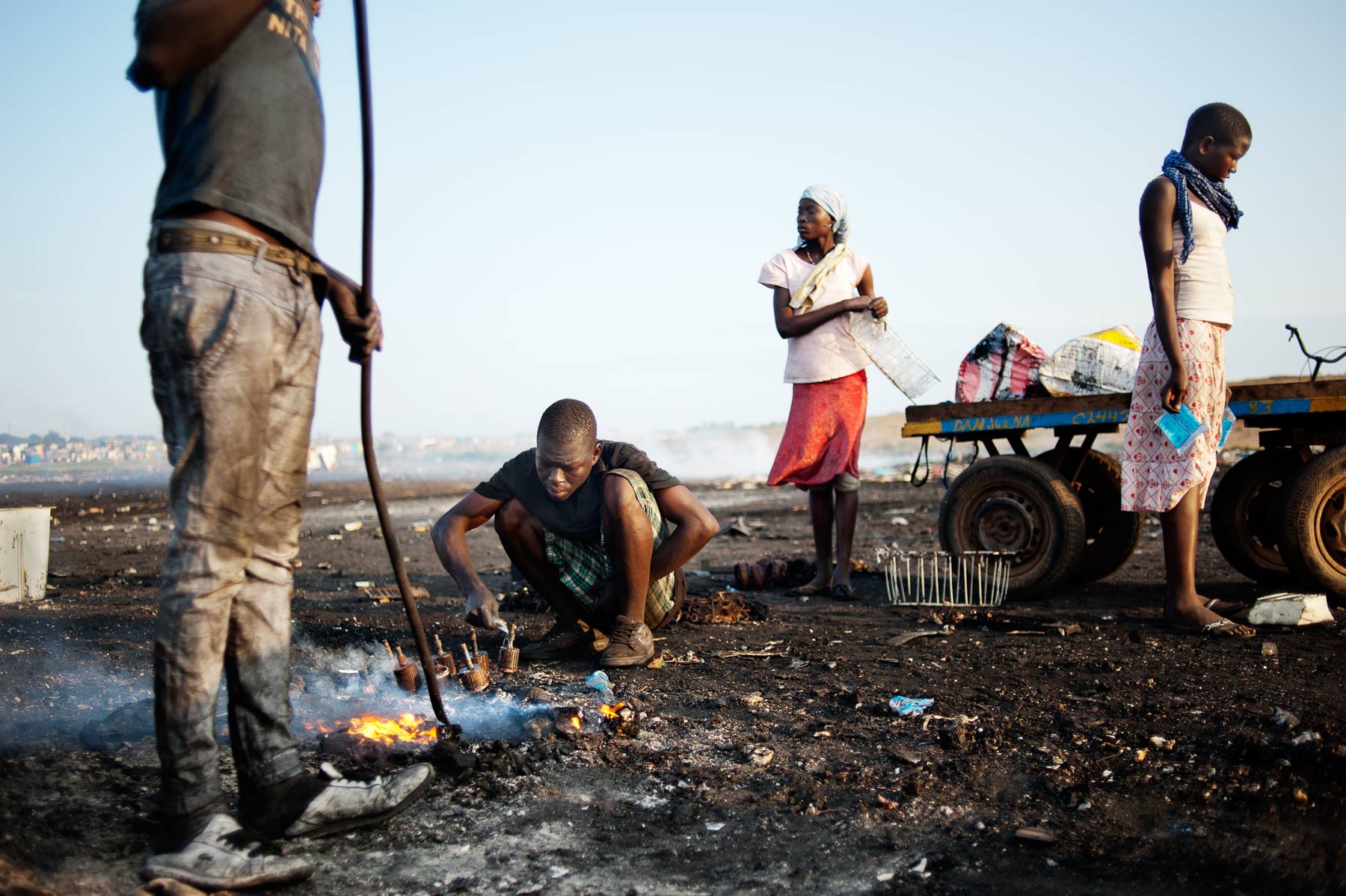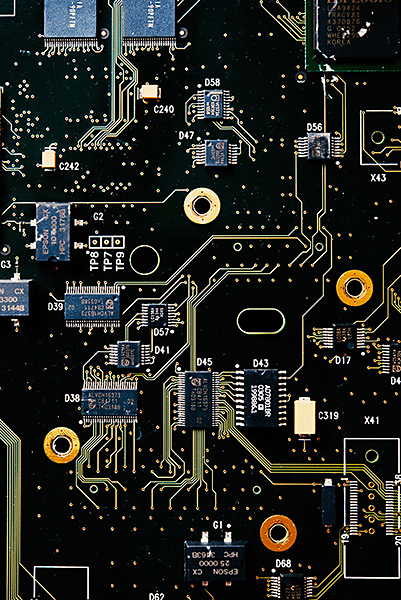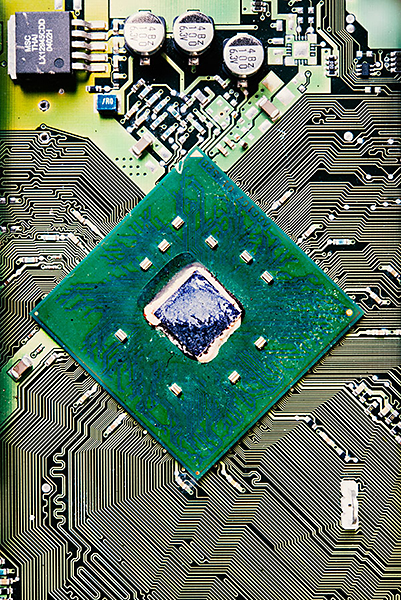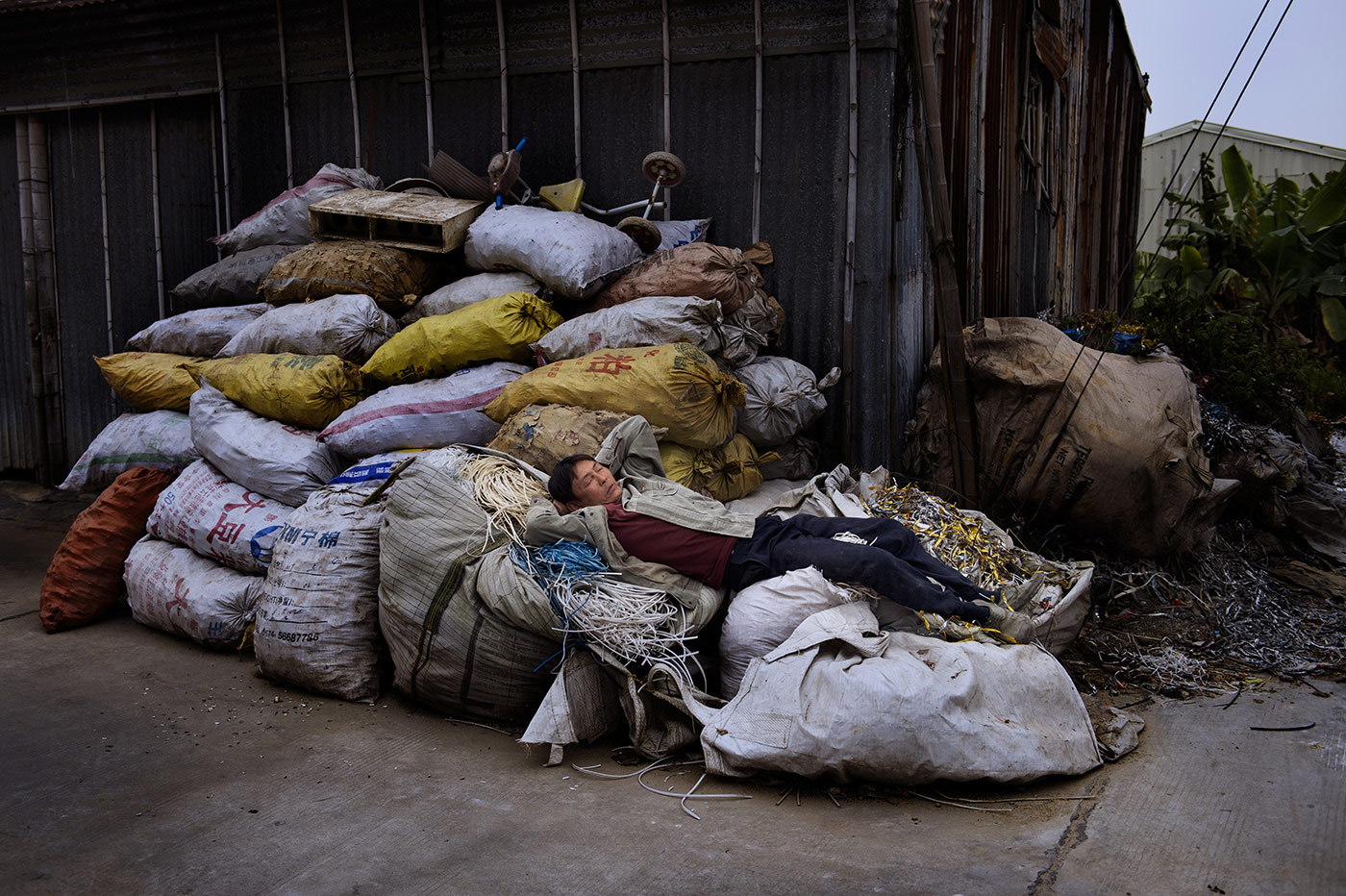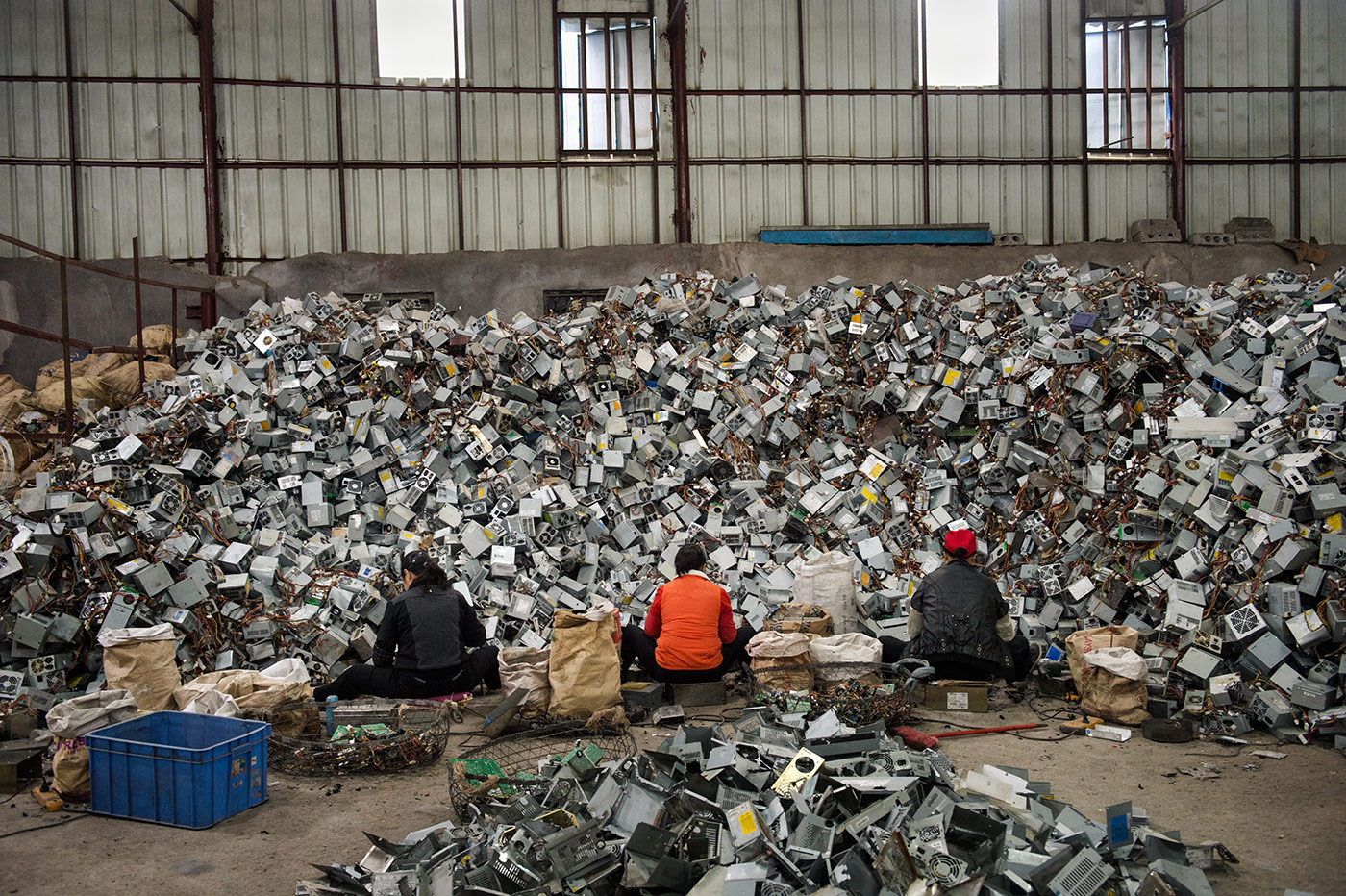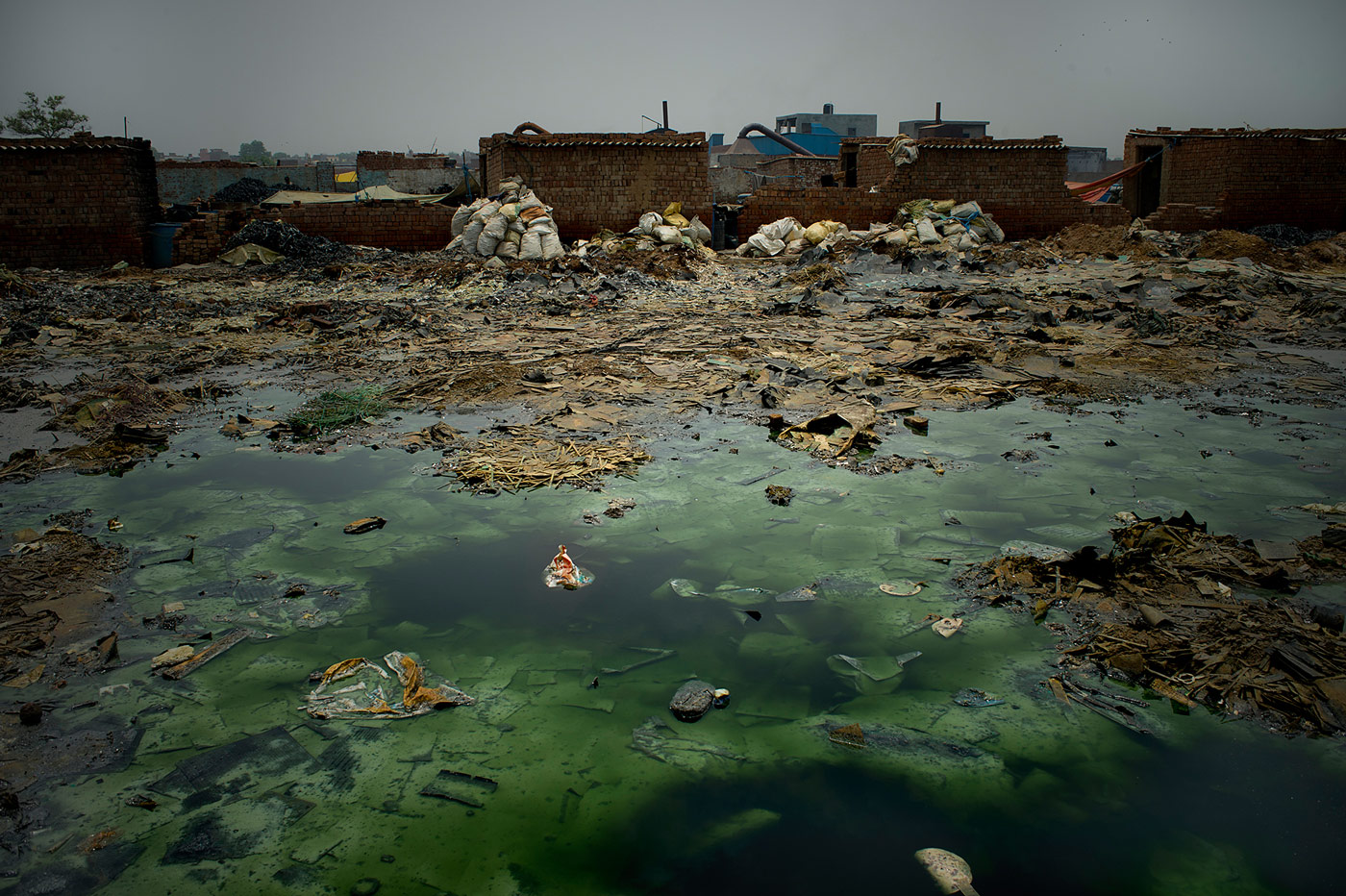if we don’t have a decent planet to put it on
Since 2011 I am documenting the e-waste trails and consequences of dumping and improper recycling in different countries. Discarded computers, office electronic equipment, entertainment device electronics, mobile phones, television sets, and refrigerators – in short: E-waste which is shipped from the western world to impoverished and under developed regions of the world. These electronic devices are burned for any valuable metals. Noxious fumes fill the air; lead, cadmium, zinc, chrome, nickel and other chemical substances are emitted and damage health: headaches, dizziness, skin rashes and damage to the nervous system are the result. Not to mention the highly toxic residue that contaminates the soil. Those toxic chemicals can leach into the land over time or are released into the atmosphere, also impacting nearby communities and the whole environment. In many European countries, regulations have been introduced to prevent electronic waste being dumped in landfills due to its hazardous content. However, the practice still continues in many countries.
generated worldwide is expected
to climb by 33 percent by 2017
to 65 million tons
every person on the planet
Smashed monitors, dismantled computers and the skeletons of old TV sets pave this graveyard for the western world’s e-waste. Numerous fires are smoldering and black smoke contaminates the air. In this post-apocalyptic world men and even children manually disassemble obsolete high tech equipments using rudimentary tools or bare hands. They crash electronic appliances on the floor or take them apart using stones to isolate valuable metals from plastics. Some parts, especially cables and wires, are burned to remove plastics releasing toxic fumes. The recovered metals, mainly copper and aluminium, are sold to local dealers for some cents. Valueless materials, like highly hazardous Cathode Ray tubes, are dumped along with other waste or thrown into the Densu River which ultimately flows into the ocean. Much of the work at the Agbogbloshie scrap yard is carried out by children - most aged between 10 and 18 years - without any protection equipment. These boys are mostly Muslim Hausa and come from the poor north to earn money for their families in the capital. They usually live in the Agbogbloshie slum, which is a squatter community of more than
40 000 people. This slum is aptly called “Sodom and Gomorrah” by the locals.
Guiyu, in Guangdong Province, Southern China, is made up of four small villages. It is the location of what may be the largest electronic waste site on earth. This niche industry employs tens of thousands of people, many of them in small, family-run workshops. Piles of discarded computer monitors sit scattered along the roadsides. All day long e-waste loaded trucks arrive in town, Workers dismantle and heat circuit boards on a steel surface to remove the computer chips soldered into it. Once the individual components have become hot, they can replace easily. Fans should channel this most existing highly toxic vapors, outside. The Circuit boards contain tiny amounts of gold and silver. After 'cooking' the boards are treated with acid baths.
Greenpeace reports say 80 percent of Guiyu's children suffer from respiratory disease, and a report from Shantou University said Guiyu has the highest level of cancer-causing dioxins in the world and an elevated rate of miscarriages.
Furthermore, once equipment has been imported into Hong Kong, it can then shipped to another country, including mainland China, for direct re-use, with no waste import/export permit required. From 2007 to 2010, 360 illegal containers of hazardous waste were intercepted by Hong Kong customs. Most of the shipments were e-waste from the US, Canada, Japan and EU countries intended for China.
Transboundary shipments
India is one of the largest waste importing countries in
the world. All types of wastes are imported into the country in the form of cheap raw materials including hazardous and toxic wastes. Although, India domestically generated an enormous amount of e-waste itself, India imports million tons every year. Due to a lack of data the e-waste issue is hard to grasp especially in India. Experts say necessary checks and balances are missing. Waste has become a serious business in the country, worth billions, dominated by the so-called informal sector, where tens of thousands of people are estimated to make their living from material recovery i.e. within small units with low-skilled, mainly migrant labour. Home-based recyclers burn wires and integrated chips over small flames to get at the copper and other metal inside, inhaling toxic fumes in the process.
Recycling electronics is very complex. A mobile phone will be made up of 40 to 60 different elements. Gold is one of those valuable elements, but the informal recycling commonly done in China and India nets only 20 percent of that gold. The new set of rules (Ministry of Environment and Forest) propose to move this recycling to the formal sector. But it seems to be a long way to go.
photography and concept: Kai Löffelbein
project support: Catalina Hermanns




